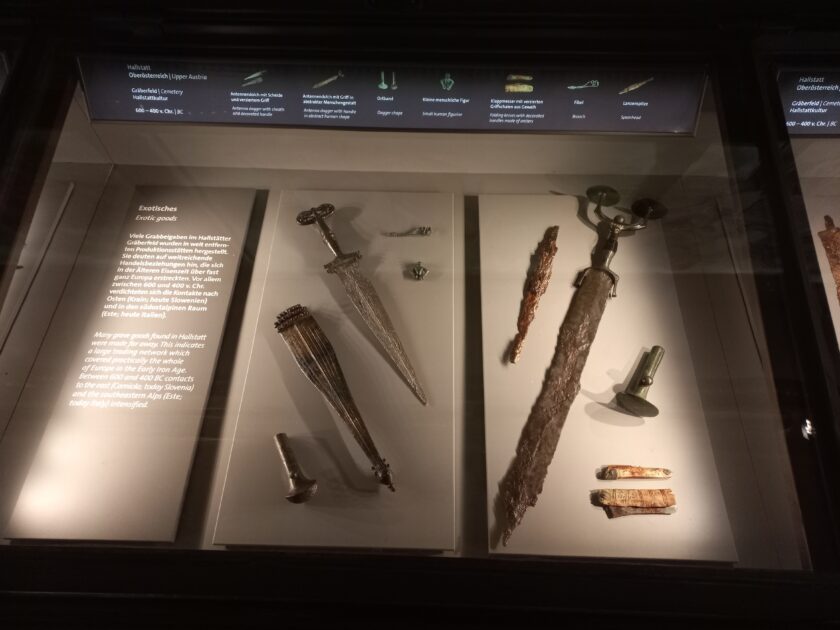VIAS-HEAS member Mathias Mehofer has been awarded a standalone EU-H2020-IPERION project titled “Hallmetals-Archaeometallurgical analyses on metals from the Iron Age cemetery of Hallstatt, Austria”. The discovery of this very well-known cemetery, with its spectacularly rich grave goods gave its name to an entire prehistoric culture – the “Hallstatt culture” (ca. 8th to the 4th cent. BCE). These ca. 1500 metal objects, which are nowadays housed in the Naturhistorisches Museum Wien (NHM), represent a remarkable and, to date unexplored, archaeometallurgical pool to examine the wide-ranging exchange connections of the salt miners during the first half of the 1st millennium BCE. As a first step, a set of 130 metals (gold and copper based objects) will be examined for their chemical composition and metal provenance. For the first time, the generated archaeometallurgical database will allow for in-depth analyses of Iron Age metal exchange to the region over vast distances. This data will also be evaluated and compared to previously published chemical data and lead isotope ratios of copper ores, ingots, and artefacts from the European region to examine the exchange systems of the copper.
Project partners:
Priv.-Doz. Mag. Dr. Karina Grömer, Mag. Dr. Georg Tiefengraber, Mag. Daniel Oberndorfer, Conservator-Restorer, Prehistory, Natural History Museum Vienna
Prof. Dr. Ernst Pernicka, CEZA Mannheim, Germany More information can be found here: HallMetals-Archaeometallurgical research on the Iron Age cemetery of Hallstatt, Austria (univie.ac.at).
The Vienna Institute for Archaeological Science VIAS (Mission (univie.ac.at)) is amongst Heriatge Science Austria partners.

